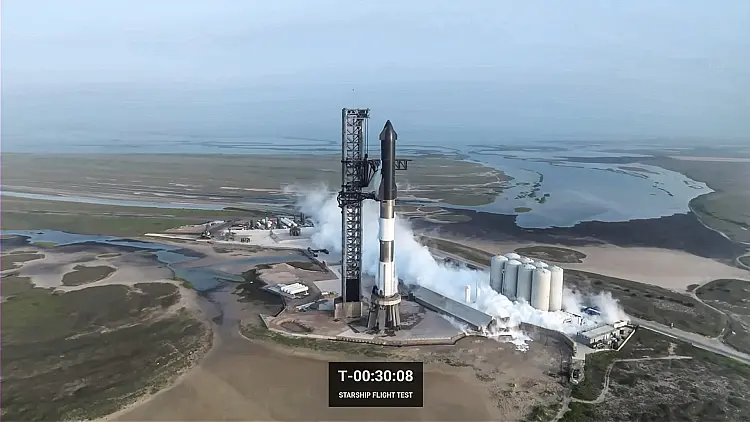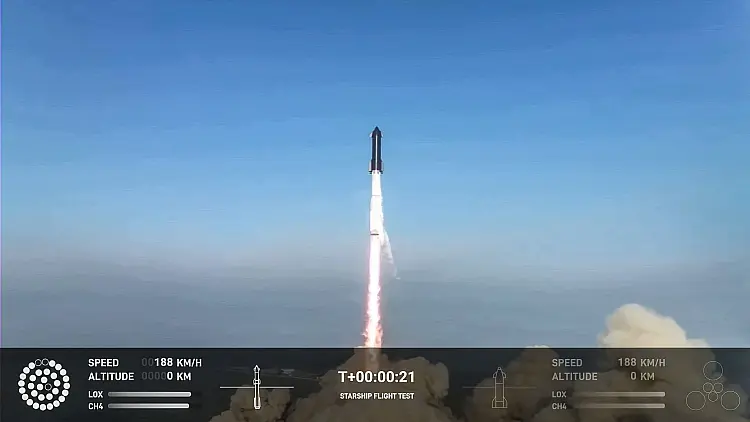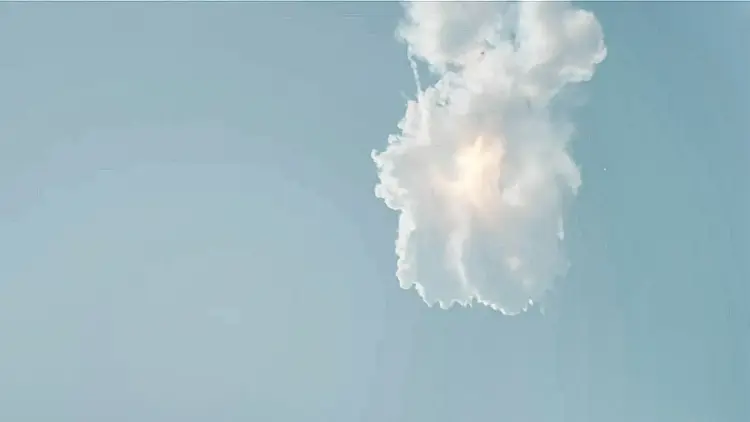The SpaceX Superheavy Booster Test Flight Explosion: What Happened?The highly anticipated SpaceX Superheavy Booster Test Flight ended in disaster. Learn about the causes of the explosion and the implications for the space industry.
The recent SpaceX Superheavy Booster Test Flight ended in a catastrophic explosion, leaving many wondering what went wrong. This event has significant implications for the future of the space industry, as SpaceX works to develop new technologies and push the boundaries of space exploration. In this article, we'll explore the causes of the explosion and what it means for the future of space travel.

Overview of the SpaceX Superheavy Booster Test Flight
The SpaceX Superheavy Booster Test Flight was a highly anticipated event in the space industry, as it marked a significant step forward in the development of new technologies for space exploration. The test was designed to evaluate the performance of the Superheavy Booster, which is a key component of SpaceX's Starship spacecraft, and to perform the first orbital test of Starship. However, the test ended in disaster when the Superheavy Booster exploded shortly after liftoff.

What Caused the Explosion?
All we know so far is that about three minutes after the Starship rocket launched, the boosters failed to separate, and it was forced to self-destruct. The explosion was a result of safety auto-destruct systems which prevented the rocket from turning into an uncontrolled missile. The exact cause of the failure to separate is still under investigation, as is a possible failure of some of the Raptor engines, which are used to power the Superheavy Booster. SpaceX CEO Elon Musk has stated that the engines appeared to have shut down prematurely, causing the booster to lose control which may have prevented separation. The incident highlights the challenges and risks associated with developing new space technologies and underscores the importance of rigorous testing and safety protocols.

Implications for the Space Industry
The SpaceX Superheavy Booster Test Flight explosion has significant implications for the space industry. It serves as a reminder of the risks and challenges associated with developing new space technologies and underscores the importance of rigorous testing and safety protocols. The incident may also lead to increased scrutiny and regulation of private space companies, as well as increased investment in safety measures and technology development. Ultimately, the lessons learned from this incident will help to improve the safety and reliability of space travel for future generations.
SpaceX's Response and Plans for the Future
Following the Superheavy Booster Test Flight explosion, SpaceX released a statement acknowledging the incident and stating that they are conducting a thorough investigation to determine the cause. They also emphasized their commitment to safety and stated that they will continue to work towards their goal of making space travel accessible and safe for everyone. In terms of future plans, SpaceX has several upcoming launches and missions, including the Crew-3 mission to the International Space Station. It remains to be seen how the incident will impact their timeline and plans for future developments.
Lessons Learned and Potential Improvements for Future Tests
The Superheavy Booster Test Flight explosion serves as a reminder of the inherent risks involved in space travel and the importance of thorough testing and safety protocols. While the exact cause of the explosion is still under investigation, there are already discussions about potential improvements for future tests. Some experts have suggested the need for more rigorous testing and simulations, while others have emphasized the importance of redundancy and backup systems. Ultimately, the incident highlights the need for continued innovation and improvement in the space industry to ensure the safety of astronauts and the success of missions.









